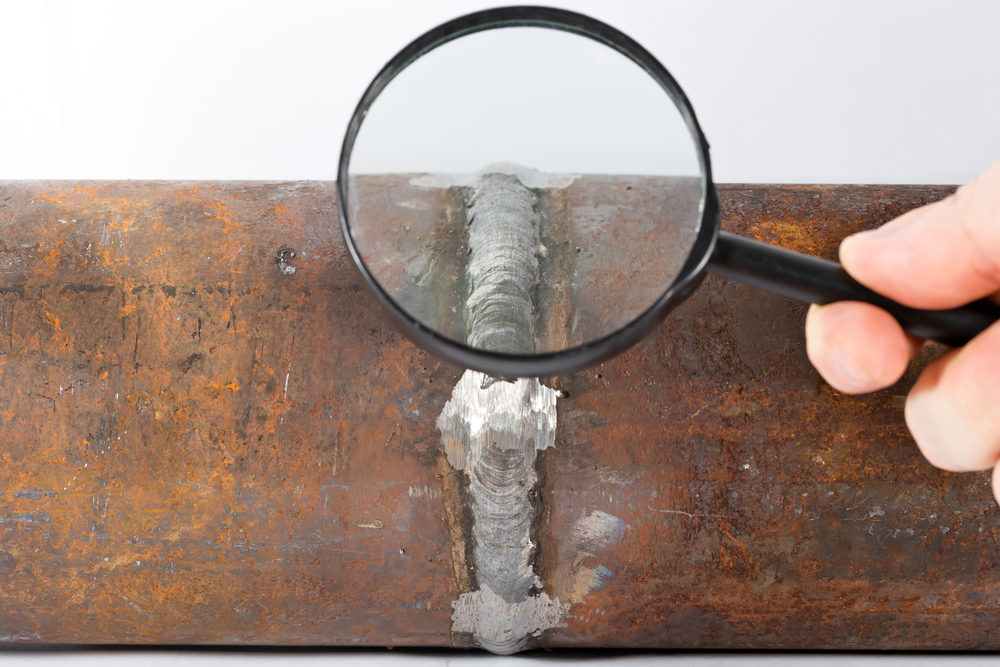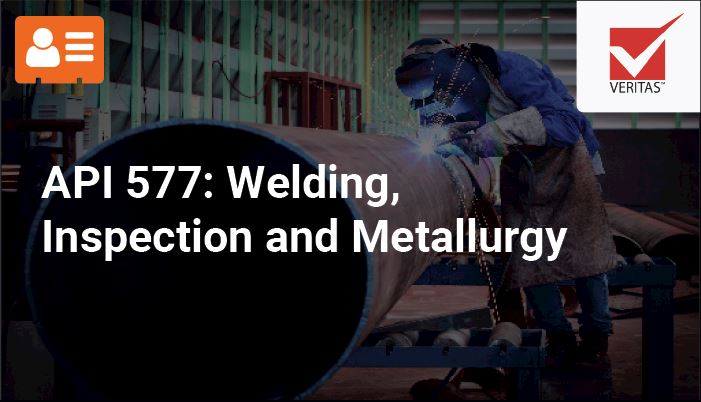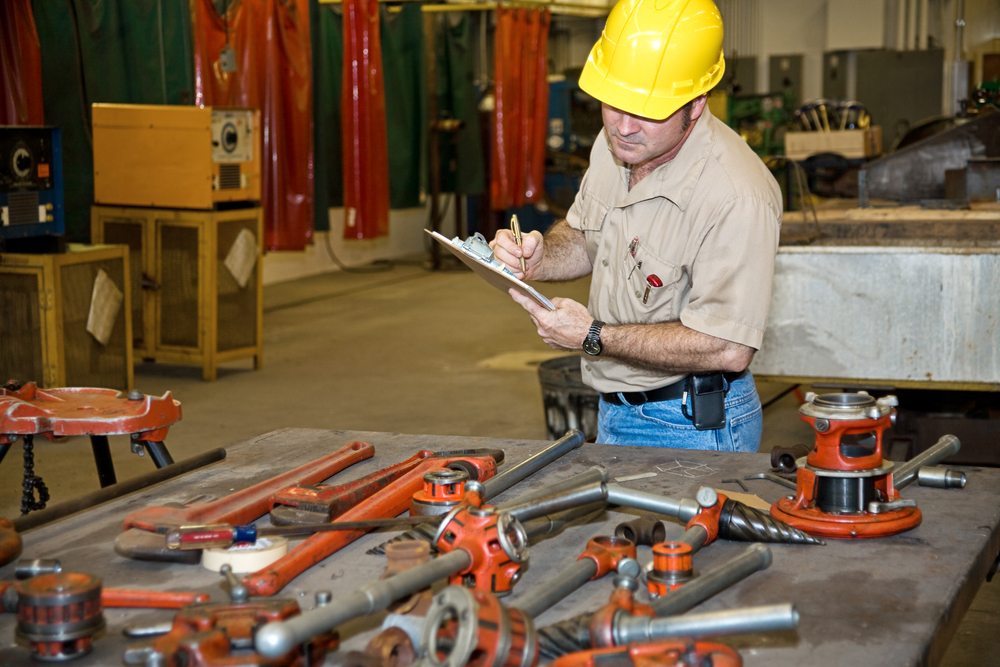Understanding the Fundamentals of Welding Assessment to Make Certain Top Quality and Safety And Security
In the world of contemporary design, welding examination stands as a cornerstone for ensuring both the top quality and safety and security of structural developments. The process involves a thorough evaluation of welded joints, employing advanced methods such as radiographic and ultrasonic testing to identify covert flaws. The proficiency of licensed inspectors is critical, as they link the gap between academic criteria and practical application. Their role prolongs beyond mere detection, incorporating the paperwork and interaction of findings to appropriate stakeholders. Yet, what are the subtleties of these inspection methods that make them essential for preserving architectural integrity?

Value of Welding Evaluation
In the world of industrial construction, the relevance of welding examination can not be overstated. Welding inspection plays a crucial duty in making certain the honesty, safety, and longevity of bonded frameworks (Welding Inspection Madison).
The procedure of welding inherently entails complicated variables, including temperature, product residential or commercial properties, and environmental conditions, every one of which can influence the quality of the weld. A complete evaluation recognizes problems such as splits, porosity, and insufficient blend, which can compromise the toughness and reliability of the weld. By identifying these problems early, corrective activities can be taken, consequently reducing the danger of failing and associated expenses.
In addition, welding inspection adds to regulative compliance, as several sectors are governed by rigorous safety and security requirements and standards. Failing to comply with these regulations can cause financial charges and legal liabilities. Eventually, welding examination not only safeguards physical frameworks yet also maintains and safeguards human lives industry credibilities.

Trick Welding Assessment Approaches
Although welding examination is essential to making sure the quality and safety of welded structures, it is the certain approaches employed that figure out the efficiency of the assessment process. Trick welding inspection techniques can be broadly categorized into non-destructive testing (NDT) and damaging testing.
Magnetic bit screening and liquid penetrant screening are surface examination techniques made use of to find surface area and near-surface flaws. These thorough evaluation techniques ensure that welds meet market standards and safety and security requirements, therefore guaranteeing structural stability and performance.
Duty of Licensed Assessors
Licensed examiners play a critical role in the welding evaluation procedure, making sure that all welds adhere to rigid market requirements and safety laws. Their experience is vital in recognizing problems or irregularities that may jeopardize the architectural honesty of a weld. By carefully analyzing each weld, accredited inspectors help protect against prospective failures that can lead to unsafe mishaps or pricey repairs.
To come to be licensed, inspectors need to undergo rigorous training and testing, which acquaints them with different welding techniques, products, and screening methods. This detailed knowledge allows them to review weld quality properly and make notified judgments concerning their safety and integrity. Qualified examiners are competent in interpreting blueprints and requirements, making certain that the welding work lines up with the task's design requirements.
An important part of their function is to record their findings completely, offering a comprehensive document of the inspection process. This documentation is critical for traceability and responsibility, functioning as an official document of conformity try these out with market criteria. Qualified examiners likewise play a vital duty in promoting communication in between project stakeholders, using insights and referrals to boost welding techniques and outcomes. Their contribution is crucial in preserving high levels of high quality and security in welding procedures.

Tools Used in Welding Examination
Welding examiners depend on a variety of specialized tools to execute their duties efficiently, making sure each weld meets the needed requirements. Amongst these devices, aesthetic inspection aids like multiplying glasses and mirrors are basic, allowing inspectors to carefully check out welds for surface flaws such as splits, porosity, and undercut. Calipers and fillet weld gauges are essential for measuring weld measurements to confirm conformity with design specifications.
Advanced tools extend past visual aids, consisting of non-destructive screening (NDT) equipment. Ultrasonic screening gadgets are critical in finding subsurface flaws, making use of sound waves to disclose inner suspensions without jeopardizing the weld's integrity. In a similar way, radiographic testing utilizes X-rays or gamma rays to capture pictures of a weld's inside, highlighting potential issues.
Magnetic fragment screening is another crucial tool, specifically for identifying surface and near-surface discontinuities in ferromagnetic materials. By using ferrous fragments and magnetic fields, inspectors can determine flaws that may otherwise be unnoticeable.
Dye penetrant inspection is typically utilized for non-ferrous materials, more tips here offering a contrast-enhanced aesthetic check for surface-breaking defects. Welding Inspection Madison. Together, these tools allow welding assessors to thoroughly assess weld quality, making certain safety and security and integrity in numerous applications across markets
Ensuring Structural Honesty

Welding treatments have to stick to well established criteria and codes, such as those defined by the American Welding Culture (AWS) or the International Company for Standardization (ISO) These standards make sure that the welds can withstand ecological aspects and functional anxieties. Qualified and licensed welders play an essential duty in this procedure, as their knowledge ensures that techniques are used properly, decreasing flaws such as cracks, porosity, and insufficient combination.
Post-weld inspection is another vital component of verifying architectural stability. Non-destructive testing (NDT) methods, consisting of ultrasonic screening and radiographic testing, are employed to find subsurface problems without jeopardizing the bonded framework. These evaluations confirm that the welds meet the required quality requirements, giving guarantee of their resilience and integrity. Eventually, guaranteeing architectural honesty in welding not just safeguards human lives yet also shields investments and improves the durability of engineered frameworks.
Conclusion
The basics of welding assessment are necessary for keeping the high quality and safety and security of welded structures. The use of specialized tools even more enhances the evaluation process, eventually safeguarding human lives and lengthening the life expectancy of bonded building and constructions.
Welding inspection plays an important duty in ensuring the integrity, reference security, and durability of bonded structures.Although welding assessment is important to making certain the top quality and safety and security of bonded structures, it is the particular techniques used that identify the effectiveness of the inspection procedure. Trick welding inspection methods can be broadly classified into non-destructive testing (NDT) and damaging screening.Certified inspectors play a critical function in the welding inspection process, making sure that all welds abide with stringent market requirements and safety and security guidelines.The basics of welding assessment are vital for keeping the top quality and safety and security of welded structures.